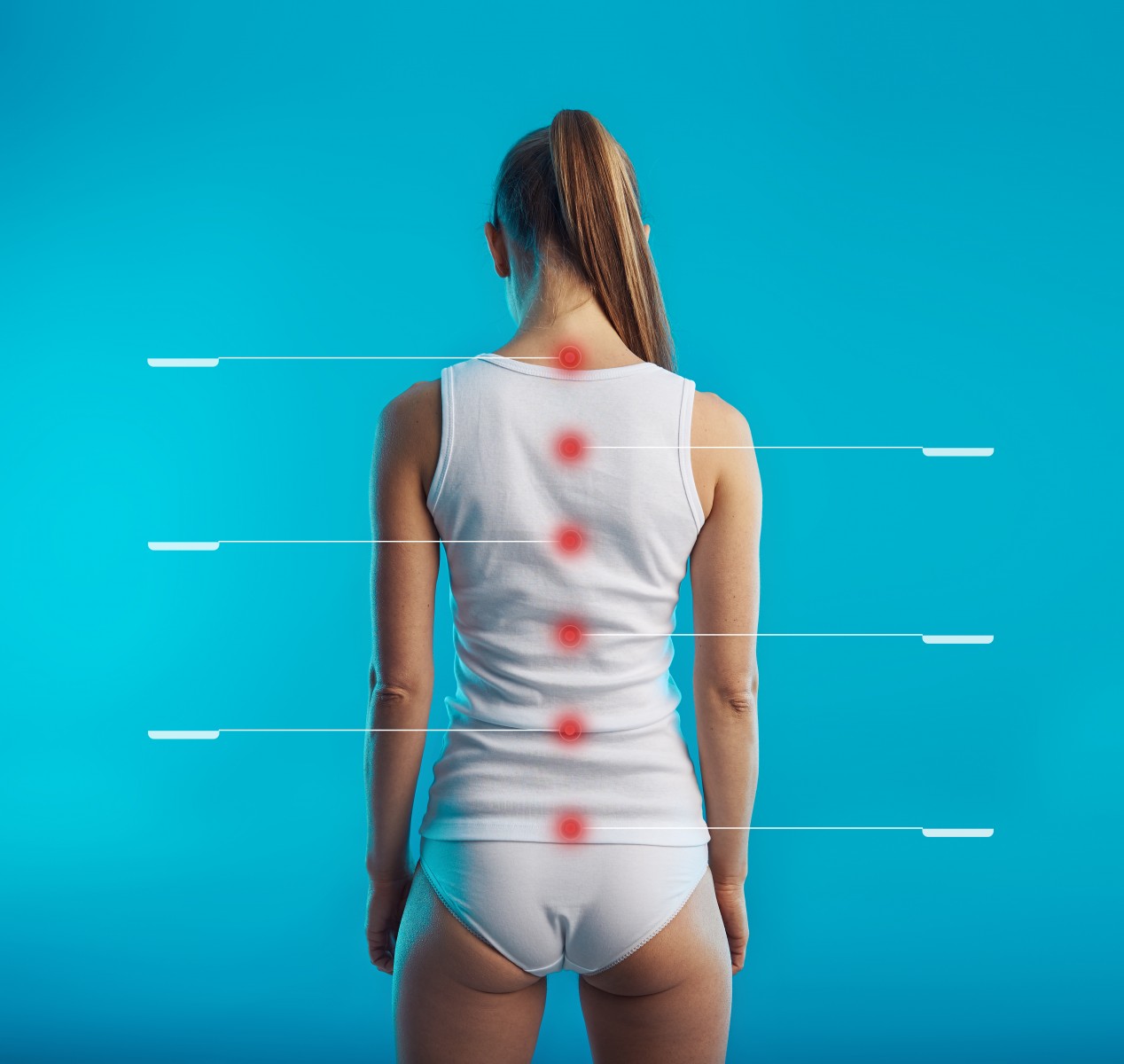Measures of Subtle Movements While Standing Detects Neurologic Problems in MS Patients and Athletes with Concussions
Written by |

Researchers at Purdue University have developed a method of identifying subtle oscillations in a person’s posture that mirror an excessive delay in neuromuscular responses, indicating a neurologic deficit. The oscillations, which differ from the normal tendency of a standing person to sway, may aid in diagnosing neuromuscular disorders such as multiple sclerosis (MS).
Limit cycle oscillations is the tendency of a system to become unstable despite an effort to correct the instability. The concept is often used in various engineering applications, but the Purdue research team — in collaboration with Michael Cinelli, an associate professor at Wilfrid Laurier University, Canada — used it to measure subtle movements in the posture of MS patients and healthy volunteers.
The study, “Limit cycle oscillations in standing human posture,” also measured the oscillations in athletes who suffered a recent concussion injury.
Using a “force platform” recording shifts in the center of pressure, the research team detected intermittent oscillations in 67 percent of people with MS, but only in 8 percent of controls. The findings, published in the Journal of Biomechanics, also showed that among the concussed athletes, 44 percent displayed limit cycle oscillations, compared to none of the controls. A control group of older healthy individuals also did not display any signs of limit cycle oscillations.
“The multiple sclerosis patients had mild symptoms, and yet we were able to measure a significant difference compared to healthy controls,” James R. Chagdes, the study’s first author and a former PhD student at Purdue, in Indiana, said in a press release.
The method, making use of a data-analysis technique using signal-processing tools called wavelets, can detect intermittently occurring limit cycle oscillations independent of a person’s normal postural sway.
“Even if you are trying to stand still there is some fluctuation, a random component of postural sway that all people have,” said Shirley Rietdyk, a study co-author and a professor in the Department of Health and Kinesiology at Purdue’s College of Health and Human Sciences. “We have figured out how to robustly detect the limit cycle oscillations even though we’ve got this natural random fluctuation also going on.”
“Limit cycle oscillations are not only key to understanding postural instability, but also may have important implications for the detection of neuromuscular deficiencies,” added Dr. Chagdes, now an assistant professor in the Department of Mechanical and Manufacturing Engineering at Miami University.
The new method could aid in the diagnosis of specific disorders, and might be effective in assessing a treatment.
“The absence of Limit cycle oscillations in older adults affirms that dynamic instability in quiet stance arises specifically due to chronic or acute neurological deficit, and not simply due to aging,” said Jeffrey M. Haddad, an associate professor at Purdue and study co-author.
“The clinical application is especially promising as the assessment takes less than five minutes, requires standard balance equipment and does not require a medical doctor to perform,” added Arvind Raman, the Robert V. Adams Professor of Mechanical Engineering at Purdue and the study’s senior author.
Researchers plan to use a robotic platform in future studies to further improve the sensitivity of the method. They also aim to explore disease severity measures, to determine if the method could be used as a prognostic tool, providing information about the progression of a disease or condition.





